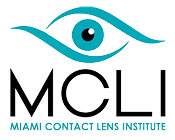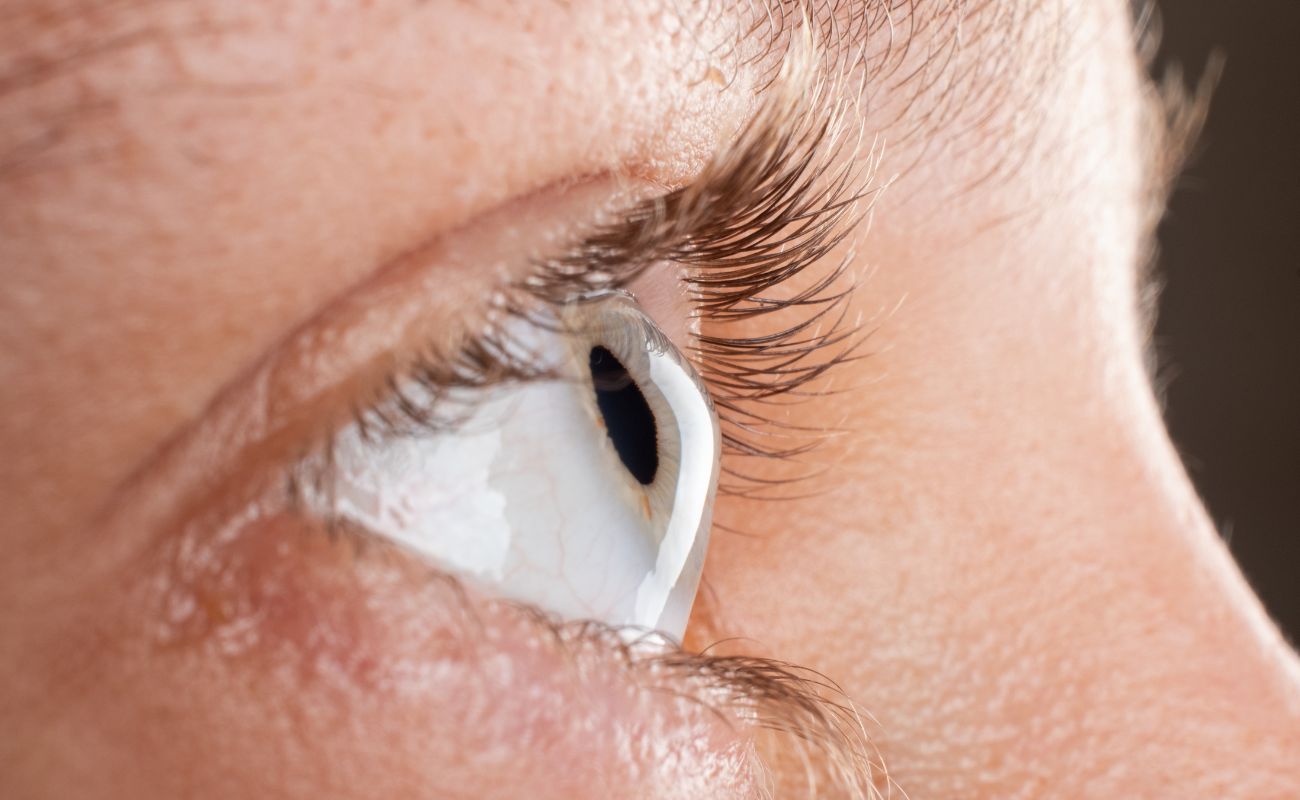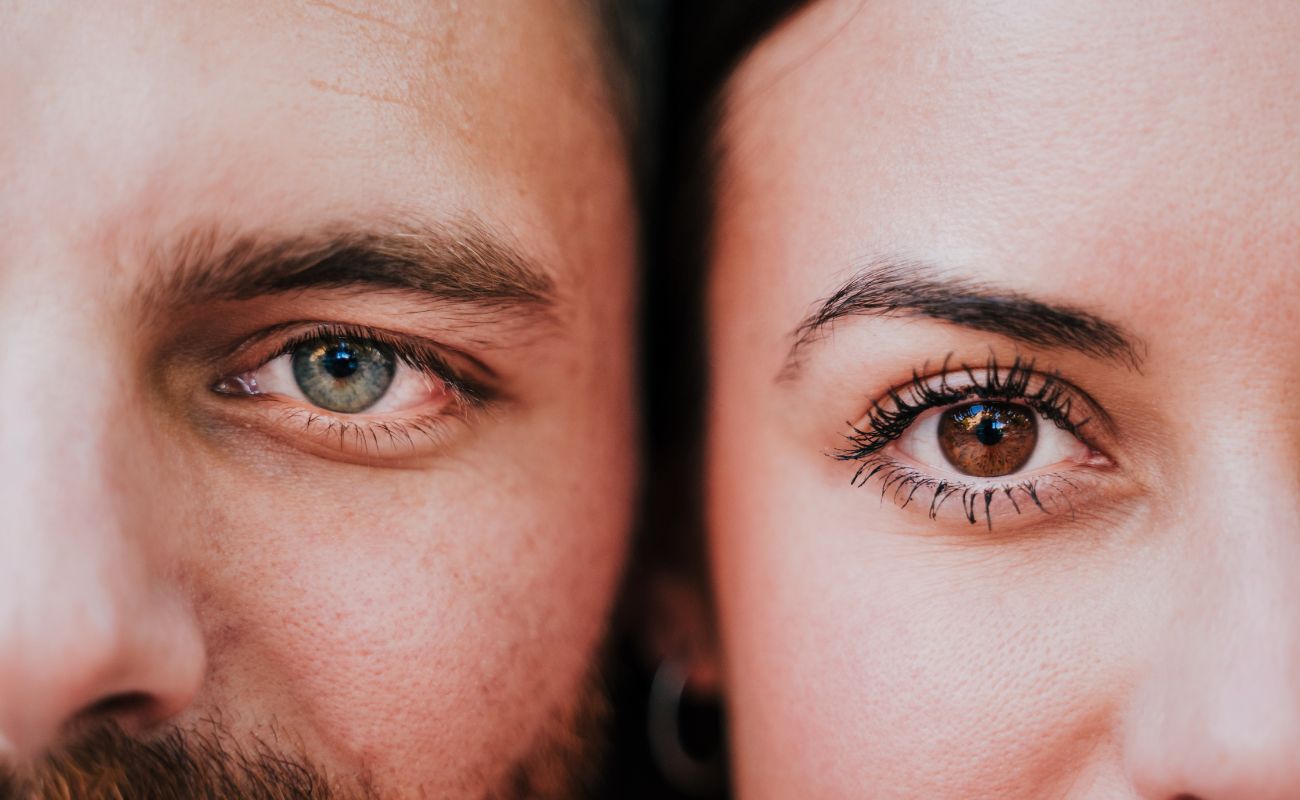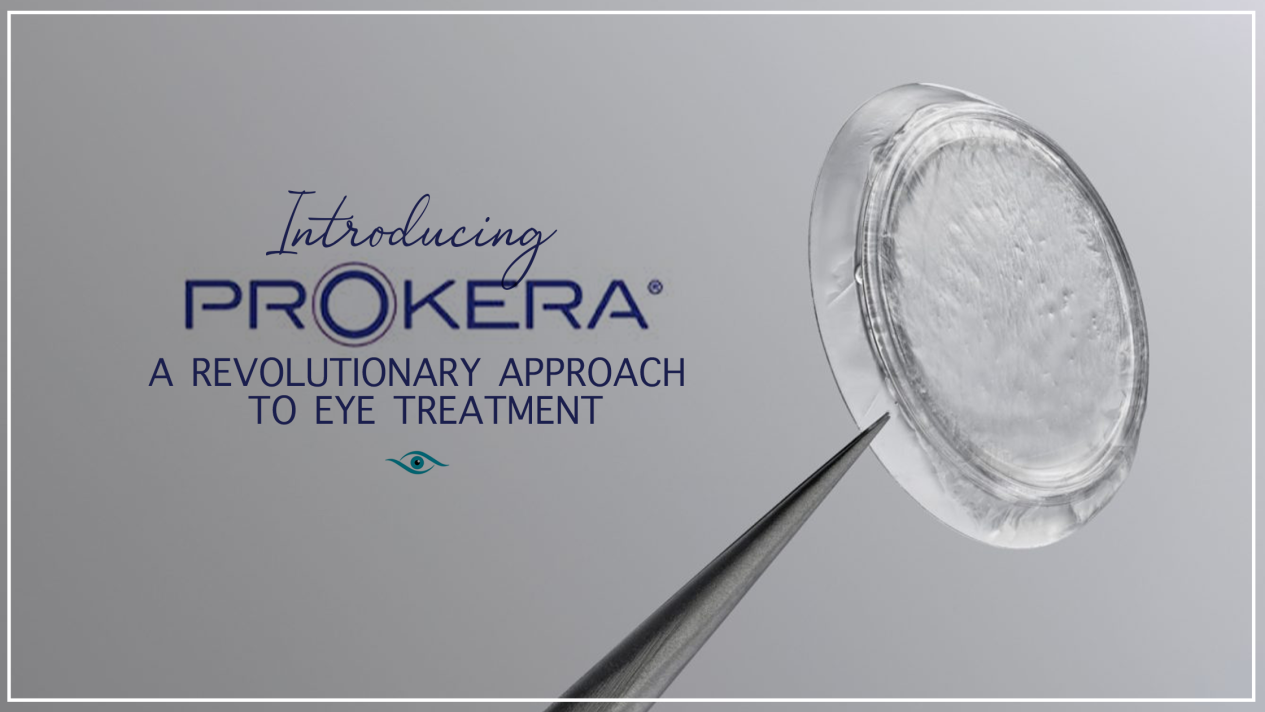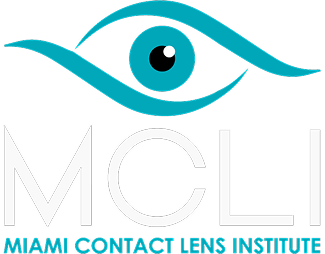Corneal cross-linking (CXL) is an advanced surgical treatment for progressive keratoconus and corneal ectasia or bulging cornea. While CXL can stabilize the cornea, it does not reverse existing distortions, which means many post-CXL patients will still require vision correction. Scleral lenses are one of the options available to patients with corneal irregularities. This blog discusses CXL, its effect on the eye, and what role scleral lenses can have after the procedure.
What Is Corneal Cross-Linking?
Corneal cross-linking is a procedure that strengthens corneas warped or weakened by disease or surgery. The minimally invasive procedure uses riboflavin and UV light to reinforce corneal tissue. After numbing, riboflavin drops are applied to the cornea to increase the tissue’s response to UV light exposure.Once the riboflavin is fully absorbed, the eye is exposed to UV light. The UV and riboflavin trigger a reaction that forms new cross-links in the cornea, effectively reinforcing the tissue. CXL is used in patients with keratoconus to strengthen the cornea and prevent further progression or changes in its shape.Cross-linking stabilizes corneal ectasia after LASIK surgery, inhibiting bulging and strengthening the weakened tissue. After CXL, your doctor will apply bandage contact lenses to protect the eye and promote healing while the outer layer regenerates.
What Is the Difference Between Corneal Cross-Linking and Scleral Lenses?
Cross-linking surgery prevents further corneal deformation but does not improve or restore visual acuity. Cross-linking can halt the progression of keratoconus or ectasia. However, it doesn’t always reverse vision loss, and you may still need to use contact lenses or glasses for vision correction.Depending on the severity of corneal bulging you experienced before CXL, soft contacts may feel uncomfortable because they need to rest against the cornea. Corneal irregularities can also interfere with the light refraction required for clear vision, so glasses may not work for post-CXL patients either.Fortunately, patients whose corneas are too misshapen for glasses or soft contacts may be better candidates for custom specialty lenses such as scleral contact lenses. Scleral lenses improve visual acuity without causing discomfort. These larger lenses create a smooth surface over the cornea, which can correct the refractive errors caused by corneal bulging.
How Do Scleral Lenses Accommodate Corneal Bulging?
Scleral lenses have a unique design, making them a practical solution for patients with corneal surface irregularities. As their name suggests, scleral lenses rest on the sclera of the eye, which is the less sensitive white part of the eye. Scleral lenses have a larger diameter than traditional lenses, allowing them to rest comfortably on the eye without touching the cornea.Scleral lenses create a small gap between the back of the lens and the corneal surface, which is filled with a sterile saline solution. This fluid reservoir can keep the cornea moist in post-surgical patients to prevent scarring and promote healing. Immediately after surgery, you will need to wear your bandage contact lenses. But once the corneal epithelium has healed, you may benefit from the corrective and protective properties of scleral lenses.
When Can Scleral Lenses Be Worn After CXL?
Patients who wore scleral lenses before their cross-linking surgery may be able to resume wearing their lenses after CXL. Your CXL surgeon will tell you when it’s appropriate to start wearing your scleral lenses again. However, it is essential to keep in mind that CXL can alter the shape of the cornea, which may affect the precise fit of your scleral lenses.Scleral lenses can be adjusted to compensate for changes in vision and corneal curvature post-CXL. The fitting process can take several sessions and requires adjustment to achieve a precise fit.Irregular astigmatism may decrease after CXL surgery. This change may enable patients who first wore scleral lenses to switch to traditional vision correction methods like soft contact lenses or glasses.
Ensuring Clear Vision After Corneal Cross-Linking
Corneal cross-linking is a groundbreaking surgical procedure that can stop the progression of keratoconus and strengthen the cornea. However, CXL does not eliminate the need for vision correction. Your correction modality may change after surgery depending on the structural changes you experience. However, many patients with severe irregularities enjoy the comfort and correction provided by scleral contact lenses.If you plan to undergo CXL surgery or have recently undergone the procedure, contact Miami Contact Lens Institute to schedule a consultation. We will help you determine which vision correction option is best for you and answer any questions you may have about post-surgical contact lens wear. We are here to support you on your path to vision clarity after corneal cross-linking.
